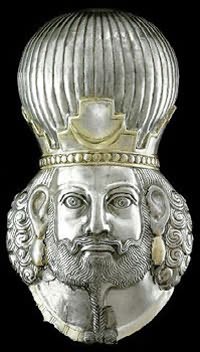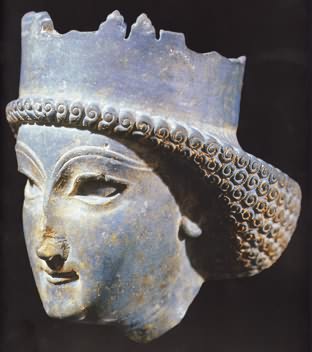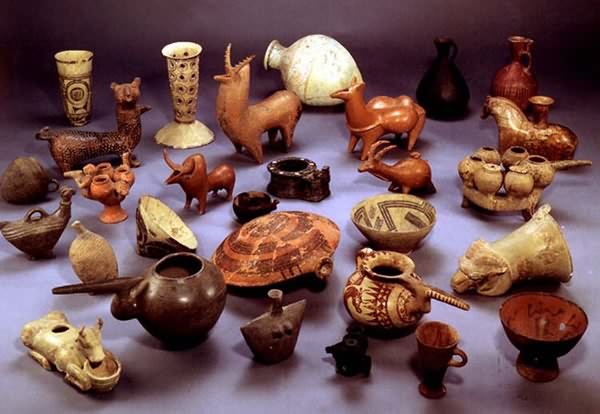Tehran, the capital of the Islamic Republic of Iran , is one of the largest metropolitans of the world, and it is the country's largest economic center and the base for its large and small modern technological and industrial establishments.
|
||||||||


After World War II and particularly following the 1950s, Tehran experienced a hasty trend of growth marked by massive immigrations greater demand for housing that led 10 the vertical growth of the city . tall buildings and residential towers changed the face of the city. Meanwhile, satellites developed around Tehran and as a result of the expansion. Tehran's suburbs and nearby villages became practically parts of the city.
Currently , Tehran is several kilometers long from any side to another. Its central axes like Enqelab, Valiasr and Dr. Shariati Avenues have been extended by several kilometers. Besides, the city transportation routes also include many expressways and highways.
Today's Tehran has advanced modern hospitals and other medical centers, hundreds of pharmacies, hotels of different categories, restaurants, movie theaters, mosques, churches and synagogues for religious minorities, several banks with hundreds of offices all across the city , 26 museums , 10 cultural centers, 20 public libraries, more than 30 universities and other higher education institutes, an extensive bus service network, bus terminals at the city's south, east and west, an international airport (Mehrabad), a number of military airports, mini bus and public and private taxi services, several insurance companies, large recreation centers for children, several large gymnasiums, ski slopes, tens of large parks across the city. and all essential types of urban and recreational services.
Such centralization and expansion has led to Tehran's being divided into 20 municipal districts, with many people commuting between them. The city's mass media include hundreds of newspapers and magazines, five TV networks and five round the clock radio programs.
Tehran's indoor grand Bazaar is a network comprised of several kilometers and thousands of shops that are run traditionally. Hundreds of thousands of people visit this huge shopping center everyday. Besides, some of the streets and quarters of Tehran traditionally specialize in offering certain goods. Ag these streets are Valiasr and Jomhouri Islami avenues in which most shops specialize in selling clothings, Enqelab avenue, close to the Tehran University, where there are tens of bookshops and stationary dealers; and Rey street where home appliances are sold, Big stores like the Quds chain stores are ag the other major shopping centers of Tehran.

The Sights of Tehran
The oldest historical aments of Tehran date back to the qajar period. Some of them are: the Golestan palace and Museum, the Shamsolemareh Building, the Imam Khomeini Mosque (ex-Shah mosque), parts of the Bazaar, the shrines of Imamzadeh Saleh in Tajrish, Imamzadeh Qassem, Imamzadeh Seyed Esmaeill, Imamzadeh Yahya, Imamzadeh Zeid, and Seyed Nassreddin as well as the Bagh-i-Ferdows Building, Sorkheh Hassar palace (Hospital), Firouzeh palace, shahid Motahhari (Sepahsalar) Mosque and School, the building of ex-National Assembly , the pamenar Minaret, and Marvi School and Bazaar. Some of the famous museums of Tehran are; the National Iranian Museum (ex-Ancient Iran Museum), the Anthropological Museum, Abgineh (Glass) Museum, the Museum of Contemporary Arts, Central Bank's Treasury Museum, the Fine Arts Museum, Decorative Arts Museum and the Carpet Museum. There are also several large and beautiful parks in Tehran and its suburbs beside the city's natural parks located in the mountains around the capital.
Golestan Palace
During the reign of the Safavid Shah Abbas 1, a vast garden called Chahar Bagh (Four Gardens), a governmental residence and a Chenarestan, (a grove of plane trees), were created on the present site of the Golestan Palace and its surroundings. Then, Karim Khan Zand (17491779 A.D. ) ordered the construction of a citadel, a rampart and a number of towers in the same area. In the Qajar period, some royal buildings were gradually erected within the citadel; for instance, in 1813 which coincided with the fifth year of the reign of Fath Ali Shah, the eastern part of the royal garden was extended and some other palaces were built around the garden, called the Golestan Garden.
The Takht-e Mar mar Edifice
The Takht-e Mar mar (Marble Throne) structure was built by Karim Khan Zand between the years 1747 and 1751 A.H. that is in the first three years of his region. Aqa Mohammad Khan Qajar (1779-96 A.D.) decided to have it perfected. In (1791 A.D.), following the order of this Qajar king, a great deal of building materials, pieces of painting and decorations, belonging to the Royal Palace of Karim Khan, were removed from Shiraz to Tehran to be used in the Takht-e Mannar edifice. Upon the orders of Fath Ali Shah Qajar, in (1806 A.D.) a big marble throne was made which is now to be found in the center of the main Iwan of the palace. The actual name of the Marble Throne is " Takht-e Solaimaniyeh". All around the iwan, there remain lots of paintings and decorations belonging to the Qajar period. After Fath All Shah's death, the other Qajar kings followed the example of their ancestors in perfecting the decorations and adorning the buildings of the Palace.
Mount Damavand
Mount Damavand, the highest mountain in Iran, has for centuries attracted mountaineers, nomads and legends to its snow-covered slopes. The epic hero Fereidun wrestled and defeated the evil giant Zahhak, chaining him to a cave on the mountain peak. Villagers living near the base of the volcano still remark that Zahhak is straining to be free at the first signs of smoke or rumblings often heard deep within the mountain. On a clear day, the 18,600-foot cone is visible from Tehran, fifty miles away.
Wildlife
As far as the environment is concerned, Tehran province has ten protected sites, the oldest ones of which are the two hundred-years-old national parks of khojir and Sorkheh Hassar ; two of the oldest of their kind world over, Characteristic of Tehran Province's wildlife is the Central Alborz Ram (Ovis Vignei Arkali). The species is a blend of the Armenian and Ordeal rams, with black mane and frontwards spiral horns. They live in rough highlands and migrate on seasonal basis. Their breeding time is late autumn. their delivery due in may, bearing usually a couple of cubs.
The best times for visiting these sites, as for as both scenery and wildlife are concerned, are in the spring and late autumn.
Trip to , and stay in the province
All districts and towns of the province are provided with well connected nets of roads, and traveling facilities, so a trip to these destinations is very easy . All towns of the province are well facilitated by networks of services such at telecommunication and health services, and all service staff are familiar with tourism regulations as well as local culture. The International Airport of Tehran (Mehrabad) is well facilitated, and many international as well as national flights are held there daily.



